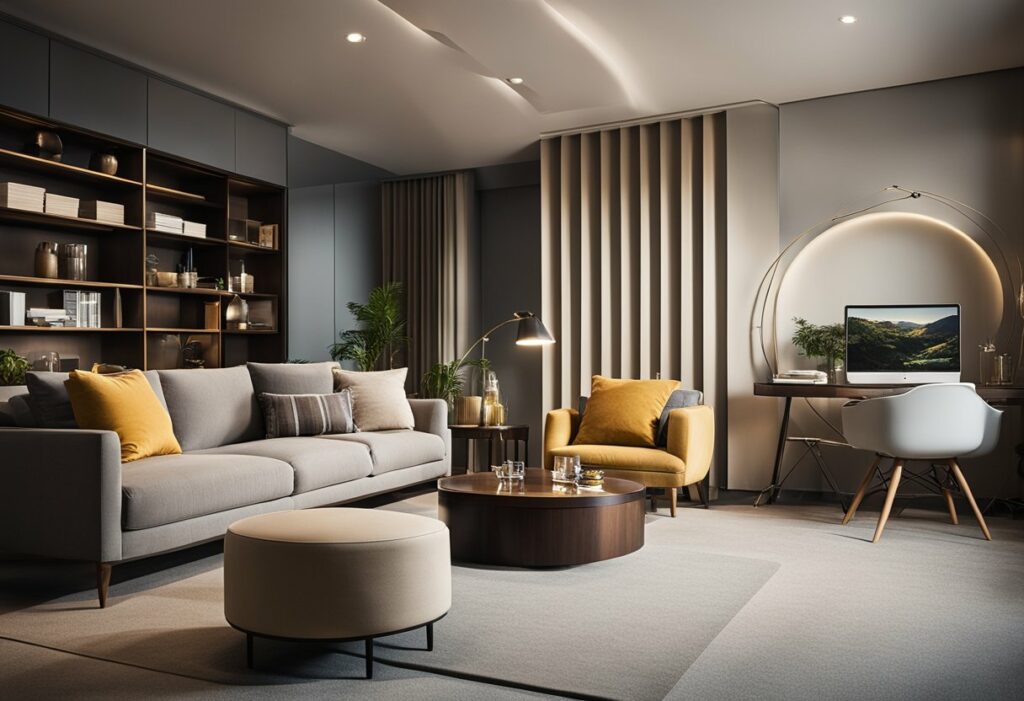Interior Design Evaluation Criteria: How to Choose the Perfect Design for Your Space
Are you looking to evaluate your interior design project? Do you want to know what criteria to consider when assessing the quality of your design? Look no further, as we will guide you through the evaluation criteria that are essential to consider when assessing the success of your interior design project.
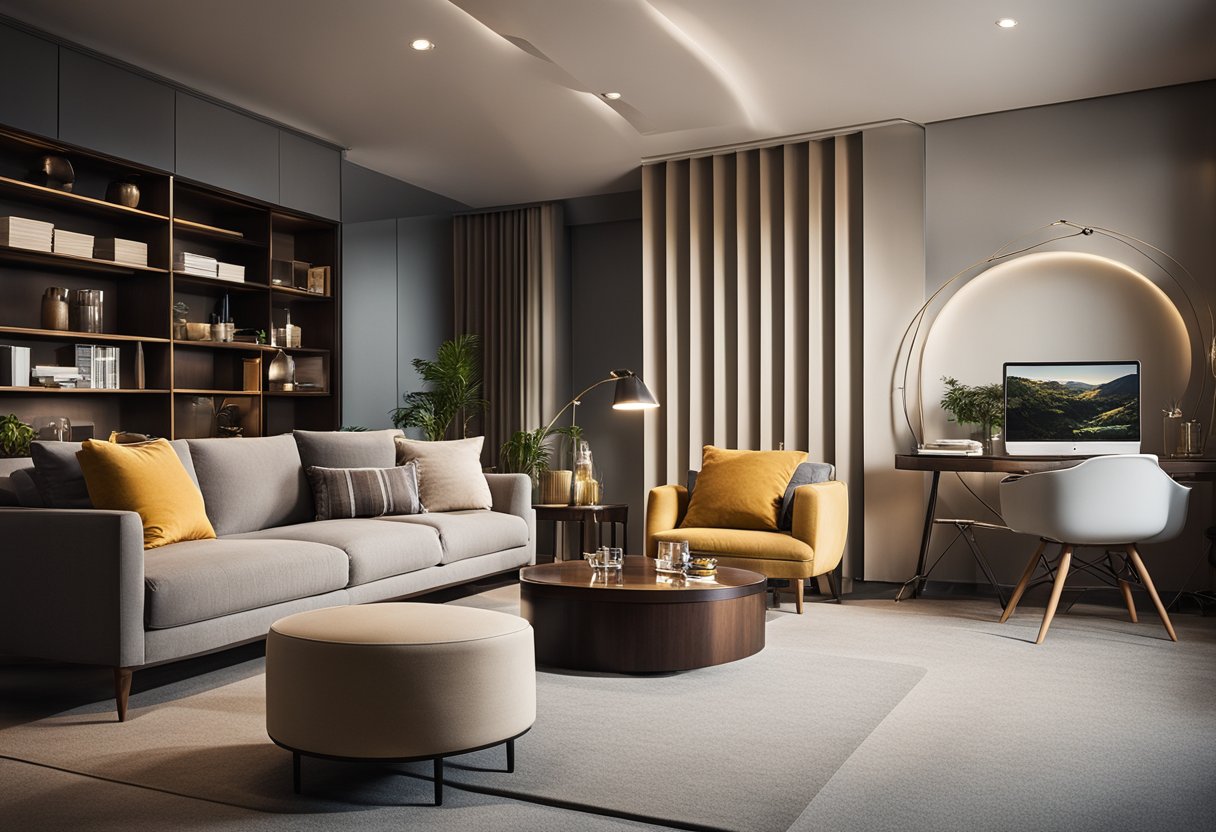
Assessment Fundamentals are a crucial element to evaluate the effectiveness of your interior design project. You must evaluate the project based on the design brief, which outlines the project’s objectives, target audience, budget, and timeline. The design brief will help you assess the design’s functionality, aesthetics, and feasibility. You must also consider the design’s context, such as the project’s location, the building’s architecture, and the design’s impact on the environment.
Financial and Sustainability Aspects are also essential to evaluate the success of your interior design project. You must assess the project’s financial viability, such as the project’s cost, return on investment, and profitability. You must also evaluate the project’s sustainability, such as its environmental impact, energy efficiency, and use of eco-friendly materials. By considering these factors, you can ensure that your interior design project is not only aesthetically pleasing but also financially viable and sustainable.
Key Takeaways
- When evaluating an interior design project, consider the design brief and the project’s context.
- Assess the project’s financial viability and sustainability.
- Evaluate the design’s functionality, aesthetics, and feasibility.
Assessment Fundamentals
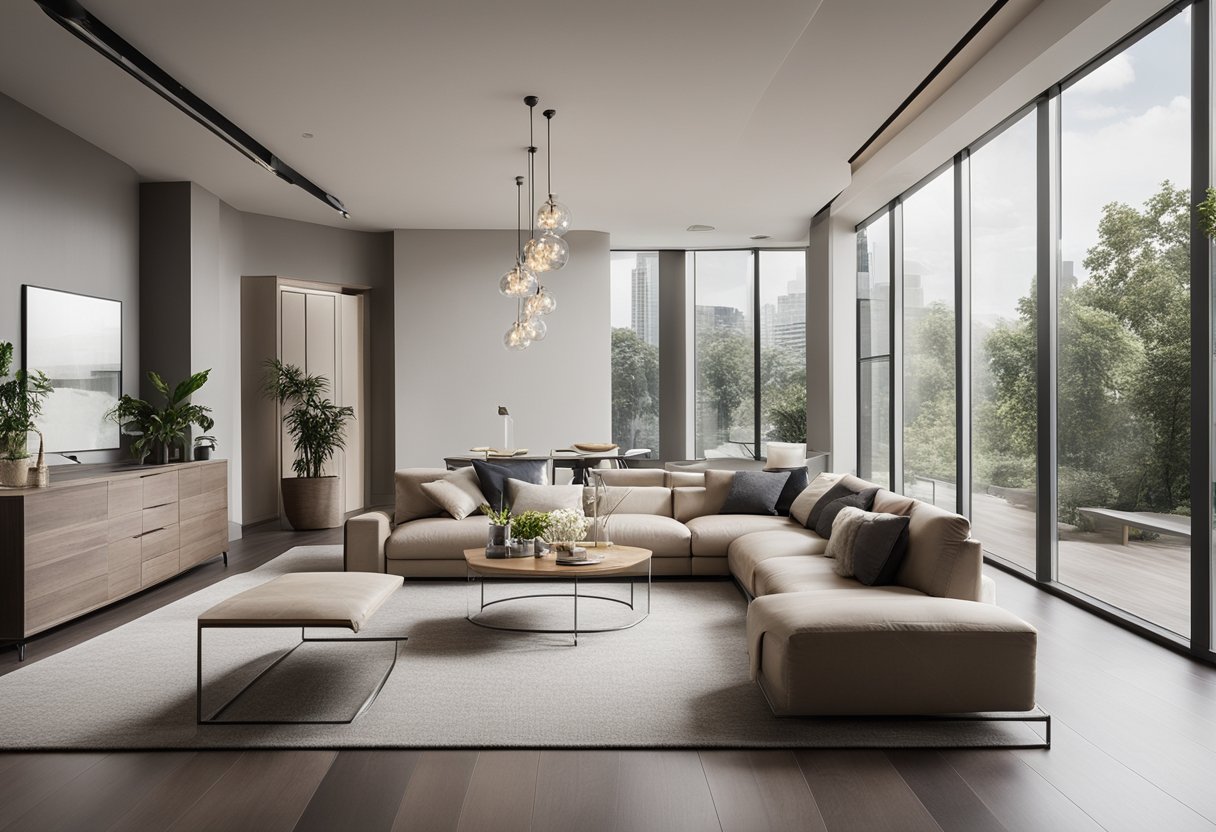
When it comes to evaluating an interior design project, there are several key factors to consider. In this section, we will cover the fundamentals of assessment, including the understanding of evaluation criteria, the role of designers, project execution, and creative and technical considerations.
Understanding Evaluation Criteria
Evaluation criteria are the standards by which a design project is measured. These criteria can vary depending on the project, but typically include factors such as relevance, coherence, effectiveness, efficiency, impact, and sustainability. Understanding these criteria is crucial to ensuring that your design project meets the necessary standards and is successful in meeting its goals.
The Role of Designers
As a designer, your job responsibilities include managing the project from start to finish, ensuring that it is completed on schedule and within budget. You are responsible for overseeing the project management, timeline, and deadlines, as well as ensuring that key deliverables are met. Additionally, you are responsible for the installation and operations of the design project, ensuring that it is functional and meets the needs of the end-user.
Project Execution
The evaluation process typically begins with an interview with the client to determine their needs and goals for the project. From there, the designer will create a schedule and timeline for the project, outlining key milestones and deadlines. Throughout the project, the designer will use an evaluation matrix to track progress and ensure that the project is meeting the necessary criteria.
Creative and Technical Considerations
In addition to meeting the necessary evaluation criteria, a successful interior design project must also be creative and technically sound. This means taking into account factors such as form, materials, space planning, engineering design, product design, and interaction design. By considering these factors, you can ensure that your design project is not only functional but also aesthetically pleasing and meets the needs of the end-user.
Overall, understanding the fundamentals of assessment is crucial to the success of any interior design project. By taking into account the necessary evaluation criteria, managing the project effectively, and considering both creative and technical factors, you can ensure that your design project meets the needs of the client and is successful in achieving its goals.
Financial and Sustainability Aspects
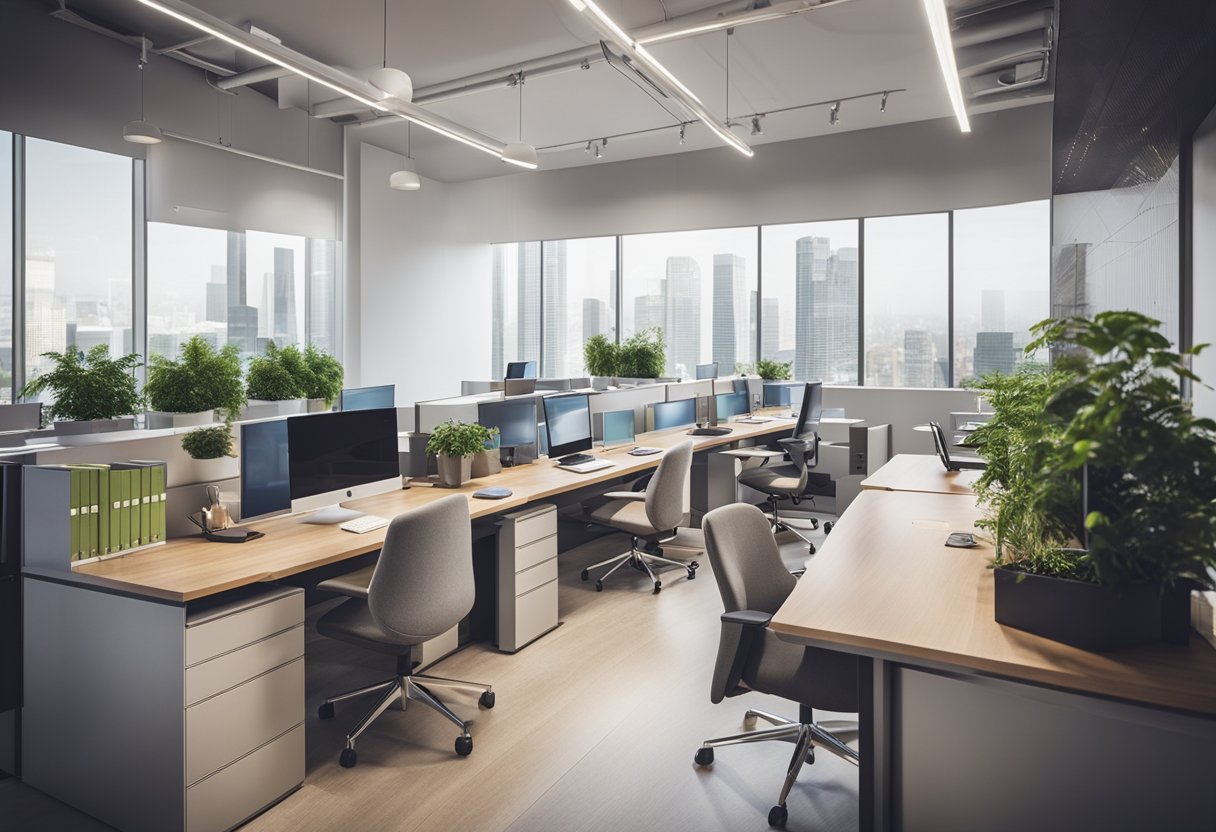
When evaluating interior design solutions, it is important to consider the financial and sustainability aspects. This section will discuss two key factors: budgeting and costing, and sustainable practices.
Budgeting and Costing
Budgeting and costing are critical components of interior design evaluation. Key performance indicators such as customer satisfaction, development process, and costs should be taken into account. One way to ensure that all costs are accounted for is to create a detailed budget that includes all aspects of the project, including loose finishes and signage.
It is important to note that budgeting and costing should not be viewed as limitations to creativity. Rather, they should be viewed as opportunities to be creative within the constraints of the budget. By being mindful of costs, you can ensure that the project is completed within budget and to the satisfaction of the client.
Sustainable Practices
Sustainability is an important consideration in interior design evaluation. Sustainable practices can help to reduce the environmental impact of the project while also saving costs in the long run. When evaluating interior design solutions, it is important to consider the sustainability of the materials and methods used.
One way to ensure sustainability is to use materials that are environmentally friendly and have a low impact on the environment. This can include materials that are recycled, biodegradable, or renewable. In addition, sustainable practices such as energy-efficient lighting and water-saving fixtures can also be incorporated into the design.
By considering the financial and sustainability aspects of interior design evaluation, you can ensure that the project is completed on budget and with minimal impact on the environment.
Frequently Asked Questions
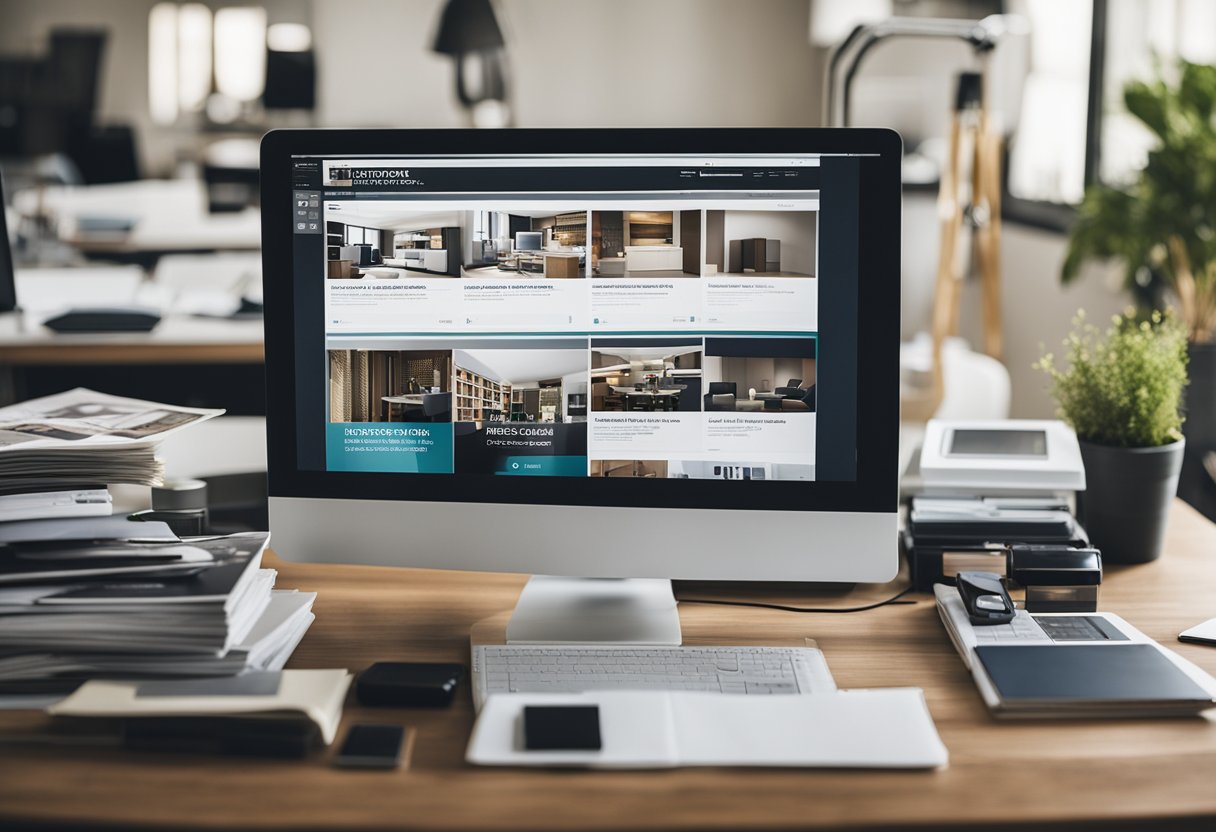
What aspects should one consider when assessing the quality of interior design work?
When evaluating the quality of interior design work, you should consider several aspects, such as functionality, aesthetics, sustainability, and client satisfaction. Functionality refers to the ability of the design to meet the needs of the occupants, while aesthetics refer to the visual appeal of the design. Sustainability, on the other hand, refers to the environmental impact of the design, while client satisfaction refers to the level of satisfaction of the occupants with the design.
How does one measure the functionality and efficiency of a space’s design?
The functionality and efficiency of a space’s design can be measured through several factors, such as the ease of movement within the space, the accessibility of key features, and the ability of the design to meet the needs of the occupants. You can also evaluate the design based on its ability to enhance productivity, reduce stress, and promote well-being.
In what ways can the aesthetic appeal of a room’s design be judged?
The aesthetic appeal of a room’s design can be judged based on several factors, such as the use of colour, texture, and pattern, the balance of elements, and the overall visual impact of the design. You can also evaluate the design based on its ability to create a mood or atmosphere in the space.
What key principles should guide the evaluation of a design’s sustainability and environmental impact?
When evaluating the sustainability and environmental impact of a design, you should consider several principles, such as the use of eco-friendly materials, the reduction of energy consumption, and the minimization of waste. You can also evaluate the design based on its ability to promote environmental awareness and responsibility.
How can the effectiveness of lighting and colour schemes in a design be evaluated?
The effectiveness of lighting and colour schemes in a design can be evaluated based on their ability to enhance the functionality, aesthetics, and sustainability of the space. You can also evaluate the design based on its ability to create a comfortable and inviting atmosphere, as well as its ability to promote well-being and productivity.
What methods are used to determine the success of an interior design in terms of client satisfaction?
The success of an interior design in terms of client satisfaction can be determined through several methods, such as conducting surveys, gathering feedback, and assessing the level of engagement of the occupants with the design. You can also evaluate the design based on its ability to meet the needs and preferences of the clients, as well as its ability to create a positive and memorable experience for the occupants.

